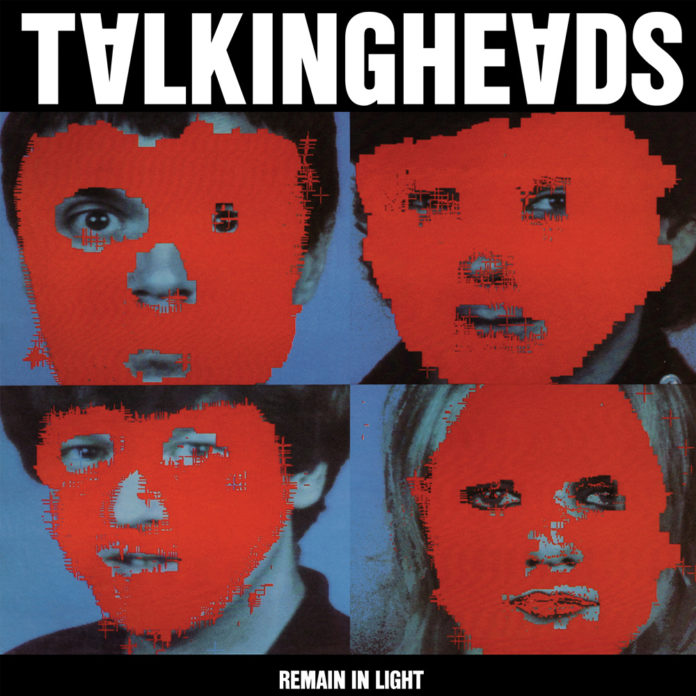Talking Heads’ Remain in Light isn’t just an album—it’s a landmark moment in music history, blending rock, funk, Afrobeat, and electronics into a rhythmic, experimental masterpiece. Released on October 8, 1980, this fourth studio album, produced by the legendary Brian Eno, showcases the band at their most innovative. You know the hits like “Once in a Lifetime,” but did you know these five fascinating facts about the making of Remain in Light? Let’s dive in!
1. Inspired by Fela Kuti’s Afrobeat
The groundbreaking polyrhythms on the album weren’t just a coincidence. Remain in Light drew direct inspiration from Nigerian Afrobeat pioneer Fela Kuti. Talking Heads and Brian Eno studied his album Afrodisiac closely, seeking to incorporate the communal, layered feel of African music into their jams. The result? A hypnotic fusion of global sounds and funky beats.
2. The Album Was Almost Called “Melody Attack”
Before settling on Remain in Light, the working title for the album was “Melody Attack.” Inspired by a Japanese game show of the same name, the phrase stuck through much of the recording process. Ultimately, the band decided that “Remain in Light” better reflected the album’s transcendent and experimental vibe.
3. The Cover Art Was a Tech Innovation
Tina Weymouth and Chris Frantz teamed up with MIT researchers to create the now-iconic album cover. Using early computer design technology (cutting-edge for 1980), they overlaid the band members’ faces with red masks, creating a fragmented, unsettling image. It was one of the first computer-designed record covers in history!
4. David Byrne Fought Writer’s Block with Stream-of-Consciousness Lyrics
Frontman David Byrne struggled with writer’s block during the album’s creation. To overcome it, he turned to stream-of-consciousness writing, drawing inspiration from early rap and African oral traditions. This scattershot, almost nonsensical approach birthed lyrics like “How did I get here?” in “Once in a Lifetime,” reflecting existential themes with preacher-like intensity.
5. Adrian Belew Recorded All His Guitar Solos in One Day
King Crimson guitarist Adrian Belew lent his mind-bending skills to Remain in Light, contributing solos on tracks like “Crosseyed and Painless” and “The Great Curve.” Belew recorded his parts in just one marathon day, using effects like the Electro-Harmonix Big Muff and a Roland guitar synthesizer to create those unforgettable sounds.
From its polyrhythmic grooves to its iconic visuals, Remain in Light was a bold leap into uncharted musical territory. It’s a masterpiece that continues to inspire generations of musicians and fans alike. Next time you listen to it, you’ll hear not just the music, but the stories and innovation behind it.
And you may find yourself… pressing play on this album all over again!







